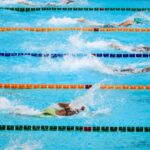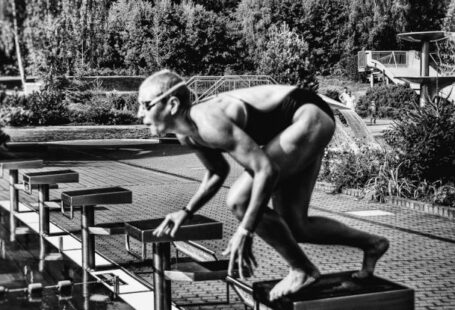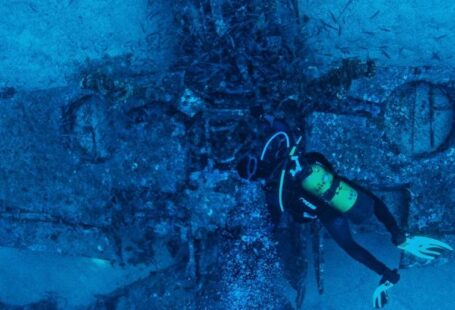Swimming is a sport that demands precision, technique, and efficiency. Athletes strive to move through the water with the least amount of resistance and the greatest speed possible. One essential aspect that plays a crucial role in achieving this efficiency is streamlining. Streamlining in swimming refers to the body position and movements that reduce drag and optimize propulsion in the water. Understanding why streamlining is important can significantly impact a swimmer’s performance in the pool.
Improving Hydrodynamics
Streamlining in swimming is all about improving the hydrodynamics of the body in the water. By minimizing resistance, swimmers can move through the water more effortlessly, allowing them to maintain their speed and momentum. When a swimmer adopts a streamlined position, they reduce the drag force acting against them, which enables them to glide through the water with minimal effort. This reduction in drag not only enhances speed but also conserves energy, enabling swimmers to swim faster and farther with less fatigue.
Optimizing Propulsion
In addition to reducing drag, streamlining also plays a crucial role in optimizing propulsion. By aligning the body in a streamlined position, swimmers can maximize the efficiency of their movements and strokes. For example, when performing a streamline push-off from the wall, swimmers tuck their chin, extend their arms overhead, and press their biceps against their ears to create a sleek, hydrodynamic shape. This position allows swimmers to push off the wall with greater force and speed, propelling them further into the pool.
Enhancing Turn and Transition Speed
Streamlining is not limited to swimming strokes; it also impacts turns and transitions in the water. During flip turns and open turns, swimmers must streamline their bodies to reduce resistance as they change direction. By executing a tight, streamlined tuck and initiating the turn close to the wall, swimmers can carry more speed through the rotation and push off with greater force. Efficient streamlining during turns can shave off valuable seconds from a swimmer’s overall time, making a significant difference in competitive races.
Improving Underwater Dolphin Kicking
Underwater dolphin kicking has become a crucial component of competitive swimming, especially in events like the butterfly and individual medley. Streamlining plays a vital role in enhancing the efficiency and power of underwater dolphin kicks. By maintaining a tight streamline position with their arms and legs pressed together, swimmers can reduce drag and increase the propulsion generated by their kicks. Efficient streamlining underwater allows swimmers to cover more distance with each kick, giving them a competitive edge over their opponents.
Reducing Energy Expenditure
One of the key benefits of streamlining in swimming is the reduction of energy expenditure. When swimmers adopt a streamlined position, they can move through the water with less resistance, requiring less energy to maintain their speed. By minimizing drag and optimizing propulsion, swimmers can conserve energy throughout their races, allowing them to swim faster and more efficiently. Efficient streamlining not only improves performance but also helps swimmers maintain their stamina and endurance during longer races.
Enhancing Overall Performance
Overall, streamlining is a fundamental aspect of swimming that can significantly impact a swimmer’s performance in the water. By focusing on improving hydrodynamics, optimizing propulsion, enhancing turns and transitions, refining underwater dolphin kicking, and reducing energy expenditure, swimmers can elevate their swimming abilities to new heights. Mastering the art of streamlining takes practice, discipline, and attention to detail, but the rewards in terms of speed, efficiency, and performance are well worth the effort. In the competitive world of swimming, where fractions of a second can make all the difference, streamlining is a crucial skill that can set swimmers apart from their competitors and lead to greater success in the pool.





